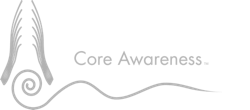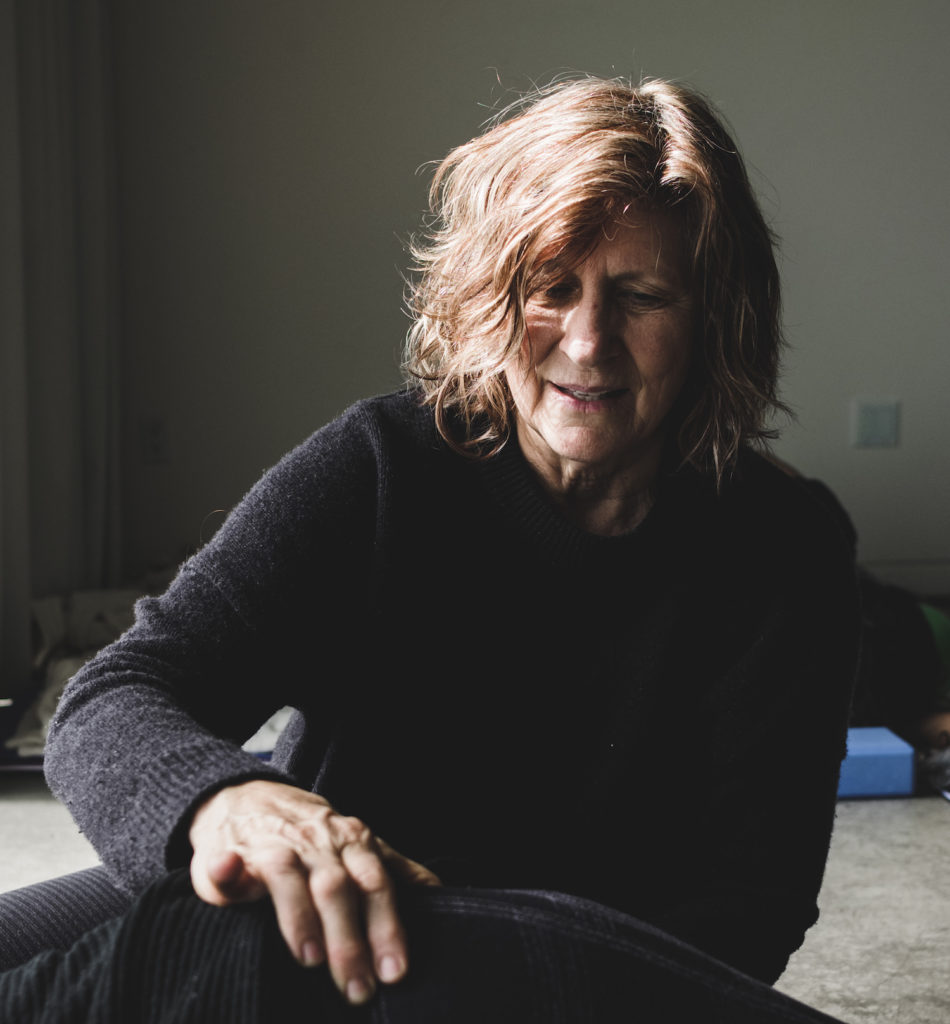A: A woman’s menstrual cycles is directly influenced by the health and suppleness of their iliopsoas. One reason for this is that the nerves of the reproductive organs embed through the iliopsoas.
Therefore if you have a dry, tight Psoas you may experience more cramping. Releasing your Psoas using the constructive rest position can help relieve tension caused by a tight Psoas. Many women have found that using constructive rest helps eliminate the need for pain medication.
Anatomically the Psoas supports kidney and adrenal health. The Psoas also plays a key role in the fight/flight/freeze survival response i.e. fear. Regaining a supple Psoas can resolve and eliminate chronic fear often associated with menses.
The healthy expression of the iliacus muscle, which fans open and lines the inside of the pelvic bowl, provides a structural support for correct placement of the reproductive organs, good blood circulation and improved neurology.
Because the Psoas muscle is a messenger of the central nervous system, regaining a healthy Psoas, in combination with nourishing the nervous system, really does play an important role in facilitating a healthy menstrual cycle.
Nourish your nervous system by: eating nutrient dense foods, eliminating processed foods from your diet, drinking plenty of fresh clean water, fostering somatic awareness (different from exercise), and going to sleep by 10PM most evenings. Sleep cycles influence the vital energy, and a good nights rest promotes good liver functioning. Remember at night is when we eliminate toxins, repair, and restore.
Most of all learn to release and/or regain a supple, dynamic, and juicy iliopsoas. It provides the structural, emotional and circulatory support necessary for healthy organ functioning while relieving the pressures and stress associated with menstrual cramps.



